Let's get to it:
Ben Roethlisberger holds a Pro Football Camp at the UPMC Rooney Sports Complex.







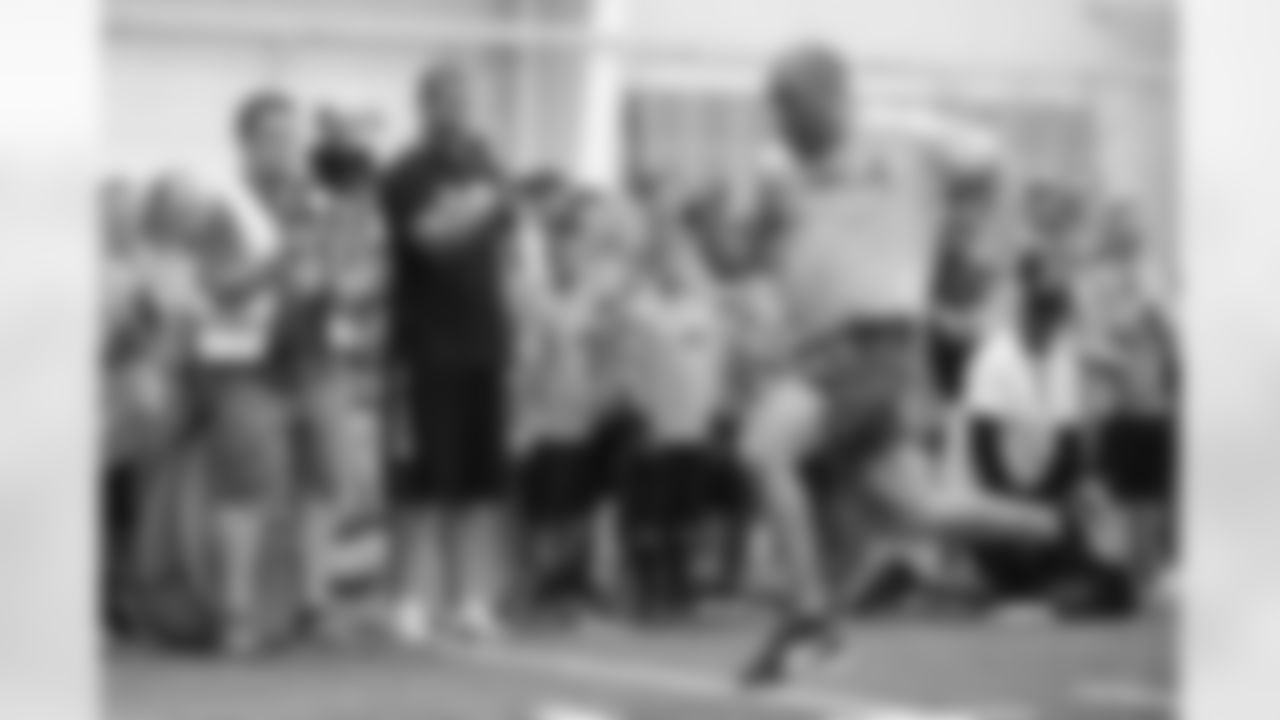










SCOTT WALKER FROM ALBUQUERQUE, NM:
There were times last year when the Steelers could have rested Le'Veon Bell a little bit. Do you believe they overworked him in certain situations, and did this contribute to his groin injury?
ANSWER: I don't know that it can be definitively determined that Le'Veon Bell's injury resulted from over-use, and in looking back on the 2016 regular season, Bell missed the first three games because of a suspension, and then because of a four-game losing streak from mid-October to mid-November the Steelers were in a virtual must-win mode for the rest of the regular season.
And during that same period f the regular season, DeAngelo Williams was inactive because of a knee injury. So the reality of the Steelers' situation at running back during the time they were in a win-or-else mode was that they had only Bell and Fitz Toussaint. That's a situation the team wants to avoid this coming season, which is a big reason why the Steelers moved on from Williams and drafted James Conner and signed Knile Davis as an unrestricted free agent.
And while it's a popular narrative that the Steelers over-worked Bell, let me ask you: after the team was at 4-5 and staring down the barrel of a win-out-or-miss-the-playoffs situations, when are you resting Bell? And no fair giving me your answer based on hindsight. In the moment, when are you feeling confident enough to pull Bell and replace him with Toussaint, because as I explained, Williams was out with a knee injury? And in the only meaningless game the Steelers played from mid-November to the end of the season – the regular season finale vs. Cleveland – Bell was inactive.
LORRAINE SCHWIRIAN FROM PITTSBURGH, PA:
Many, many years ago when I was a little girl, I learned my father's cousin was a Steelers player. His name was George Tarasovic. I can't tell you what year or years. Just wondering if you had any information about him. This is definitely a research question. Curiosity has stumped me, and I am not a very good computer person.
ANSWER: George Tarasovic attended Boston College and then LSU, and he was a second-round pick by the Steelers in the 1952 NFL Draft. At 6-foot-4, 245 pounds, Tarasovic played both linebacker and defensive end during a 15-season career in the NFL for the Steelers, Philadelphia Eagles and the Denver Broncos. In 118 career games for the Steelers, Tarasovic had 11 interceptions and two fumble recoveries. Statistically, his two more productive seasons came in 1956 when he had three interceptions for a Steelers team that finished 5-7, and then in 1962 when he had four interceptions for a Steelers team that finished 9-5.
DOT CORBETT FROM BETHEL PARK, PA:
It seems unfair that Steelers have to play on Christmas Day two years in a row. How is that decided?
ANSWER: The NFL likely would provide some lame mumbo-jumbo reason/excuse, but in my mind it's all about the television ratings the Steelers will draw. I'm sure that the NFL's network broadcasting partners always are excited at the prospect of having a Steelers game in a marquee time slot, and Christmas Day would qualify as a marquee time slot.
MARK CHUCHIC FROM NORTH CHESTERFIELD, VA:
This goes back about 50 years. Do you remember when the Steelers played the Browns in Cleveland on Saturday nights? I was at several Steelers games in Cleveland as a kid, and at least one of them was on a Saturday night. How many years were those games played? Rumor has it that it was stopped because of all the Steelers fans who bused from Pittsburgh and were feeling no pain when they got to the stadium and thus there were too many altercations. I'm sure this is a rumor, but I can attest to there being a lot of action in the stands in the games I attended.
ANSWER: The Steelers played the Browns in Cleveland on Saturday nights starting in 1963 and ending with the 1970 season. Back in those days, revenue came primarily from ticket sales, and those Steelers-Browns games in Cleveland on Saturday nights regularly sold out in old Municipal Stadium, which meant a gate of close to 80,000. The 1970 season was the first following the NFL-AFL merger that created the AFC and the NFC, with the Steelers, Browns, Bengals, and Houston Oilers making up the AFC Central Division. I imagine Chuck Noll wasn't tickled to have to play a key division game on the road on a short week every year just to sell more tickets, and I also imagine NBC, which carried the broadcast rights to AFC games at that time, wasn't thrilled with having Pittsburgh-Cleveland on Saturday nights, typically a dead time for network television.
I also attended several of those games as a boy, because my mother's family was from Cleveland, and her oldest brother, my uncle, was a Browns season ticketholder. And yes, there were always fights in the stands at those games, but there also always were fights in the stands at Pitt Stadium when the Browns visited Pittsburgh.
See who has worn jersey No. 92 in Steelers history

Keith Gary (1983-1988)

Keith Gary (1983-1988)
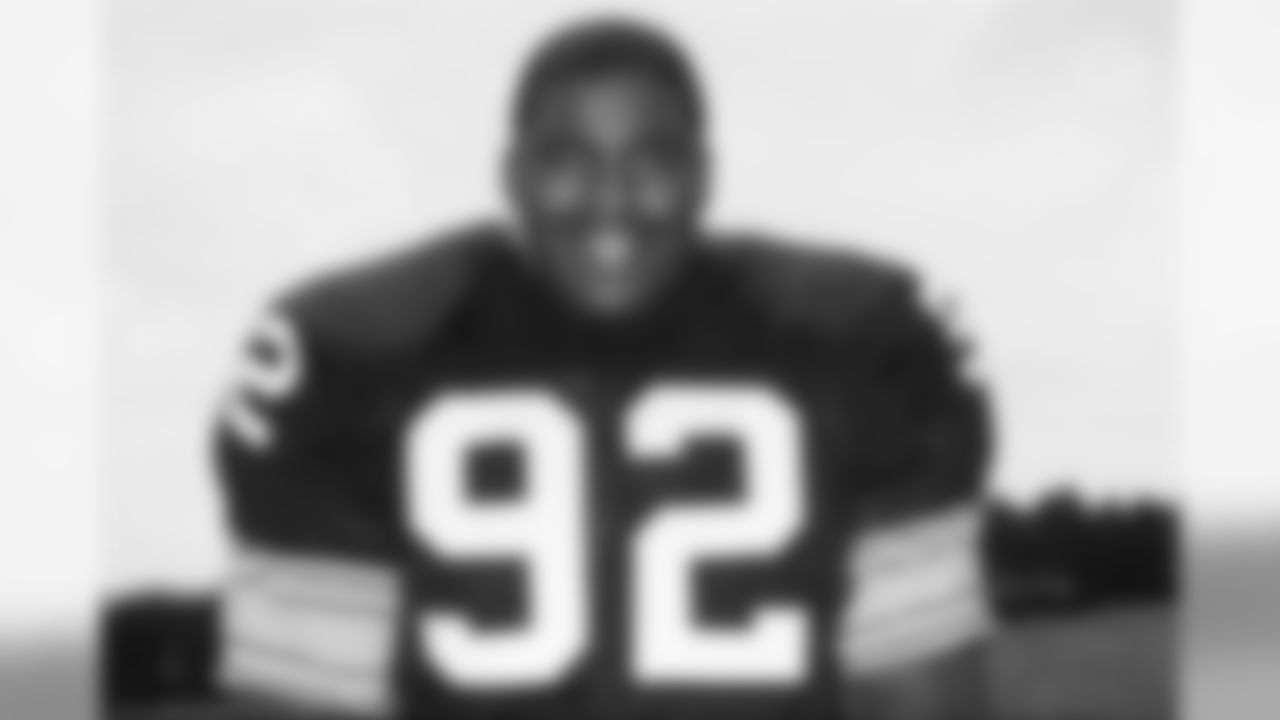
Keith Gary (1983-1988)

Keith Gary (1983-1988)

Keith Gary (1983-1988)

Keith Gary (1983-1988)
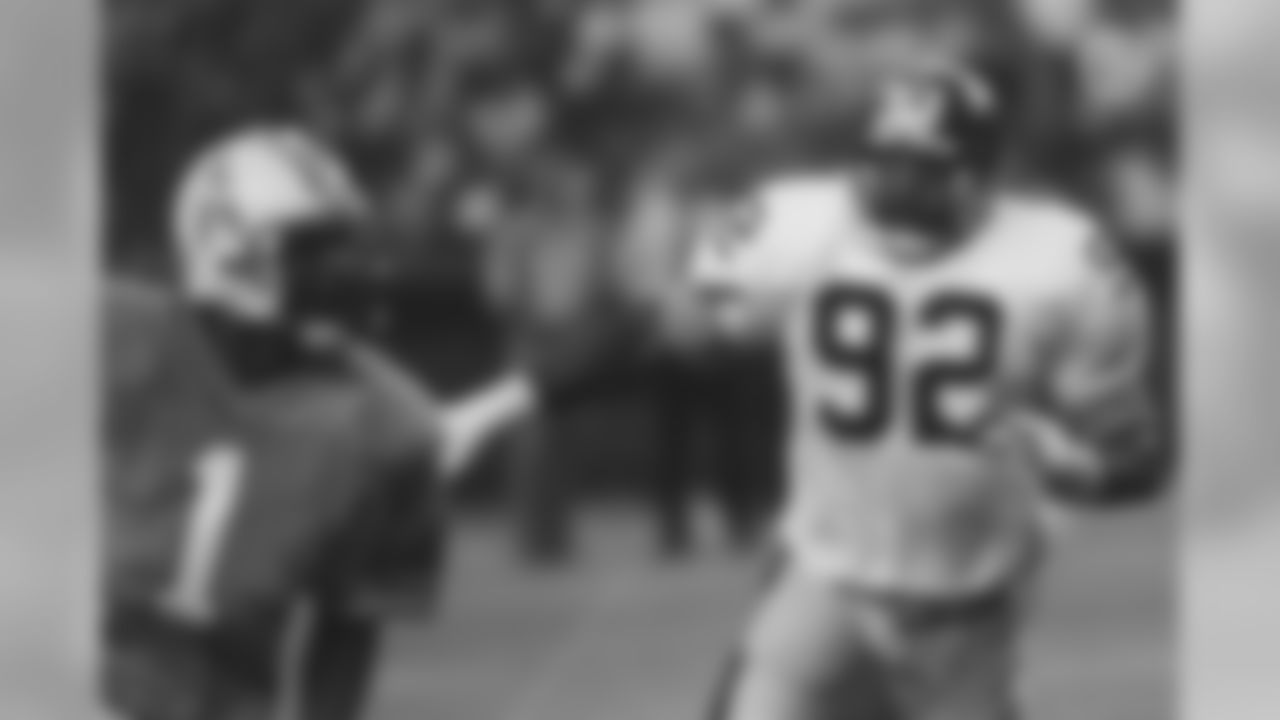
Keith Gary (1983-1988)
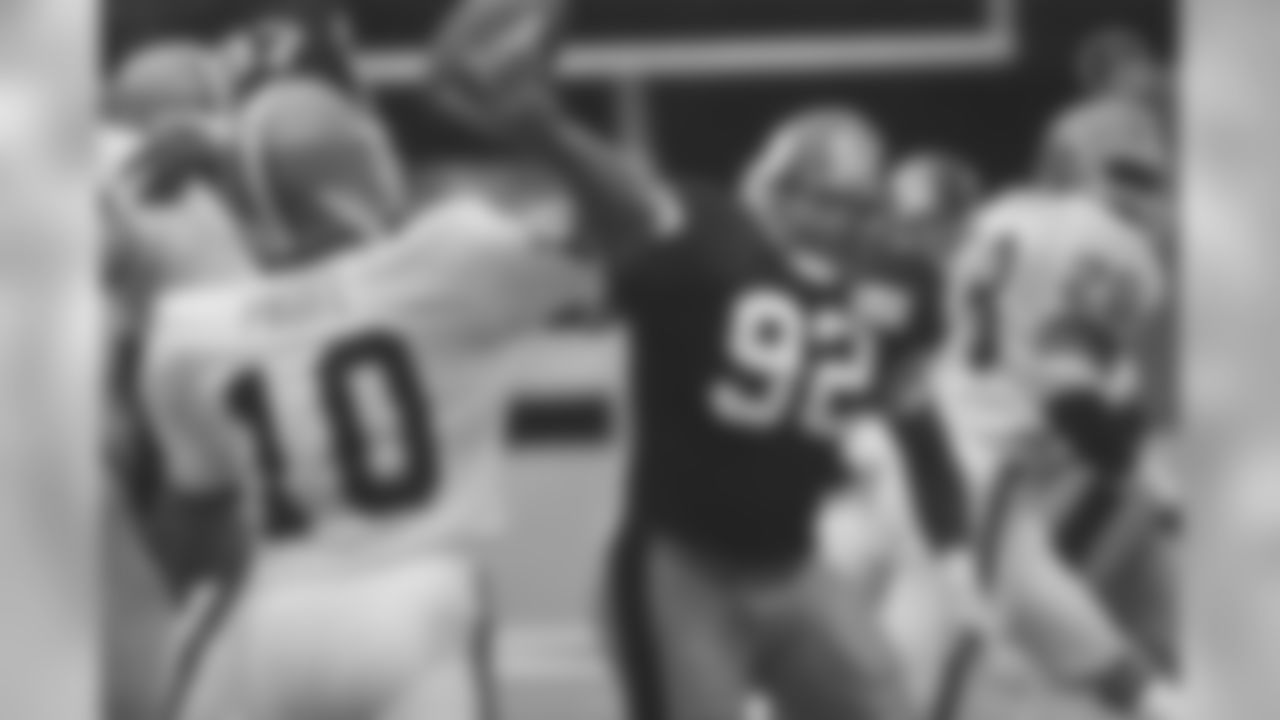
Keith Gary (1983-1988)
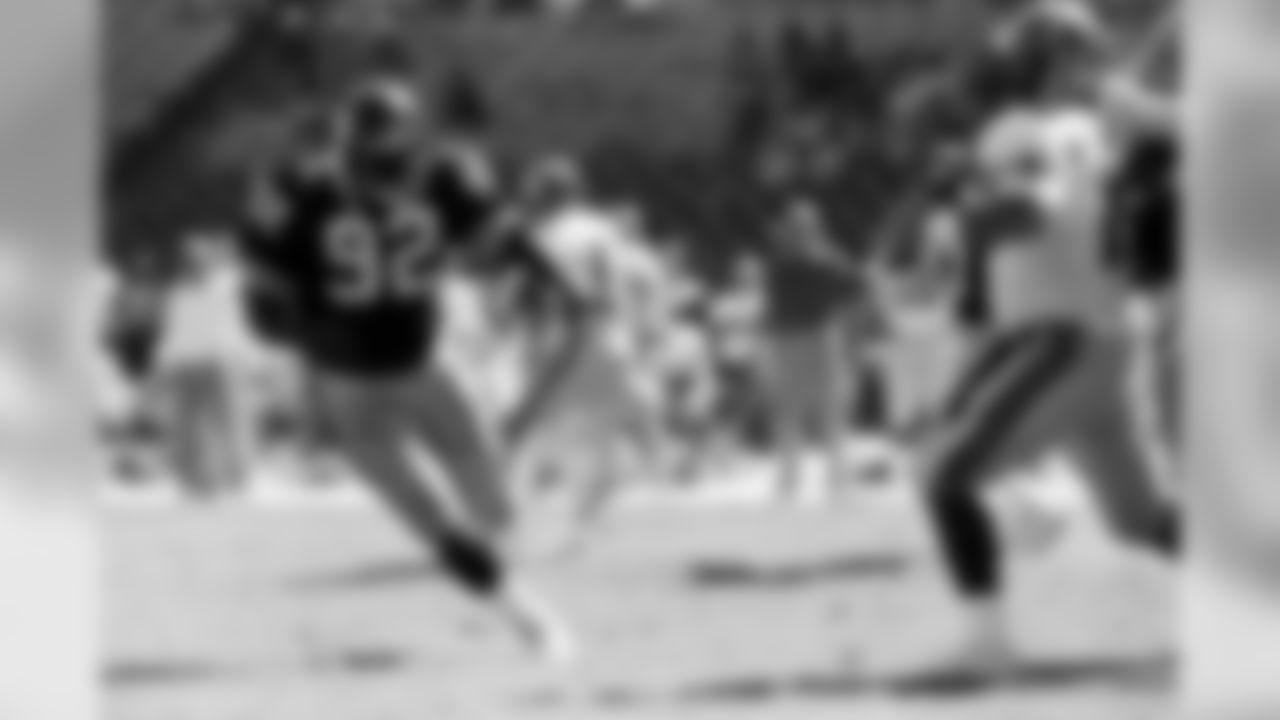
Michael Minter (1987r)

Michael Minter (1987)

Michael Minter (1987)

Michael Minter (1987)

Jerry Olsavsky (1989)

Jerry Olsavsky (1989)

Jerry Olsavsky (1989)
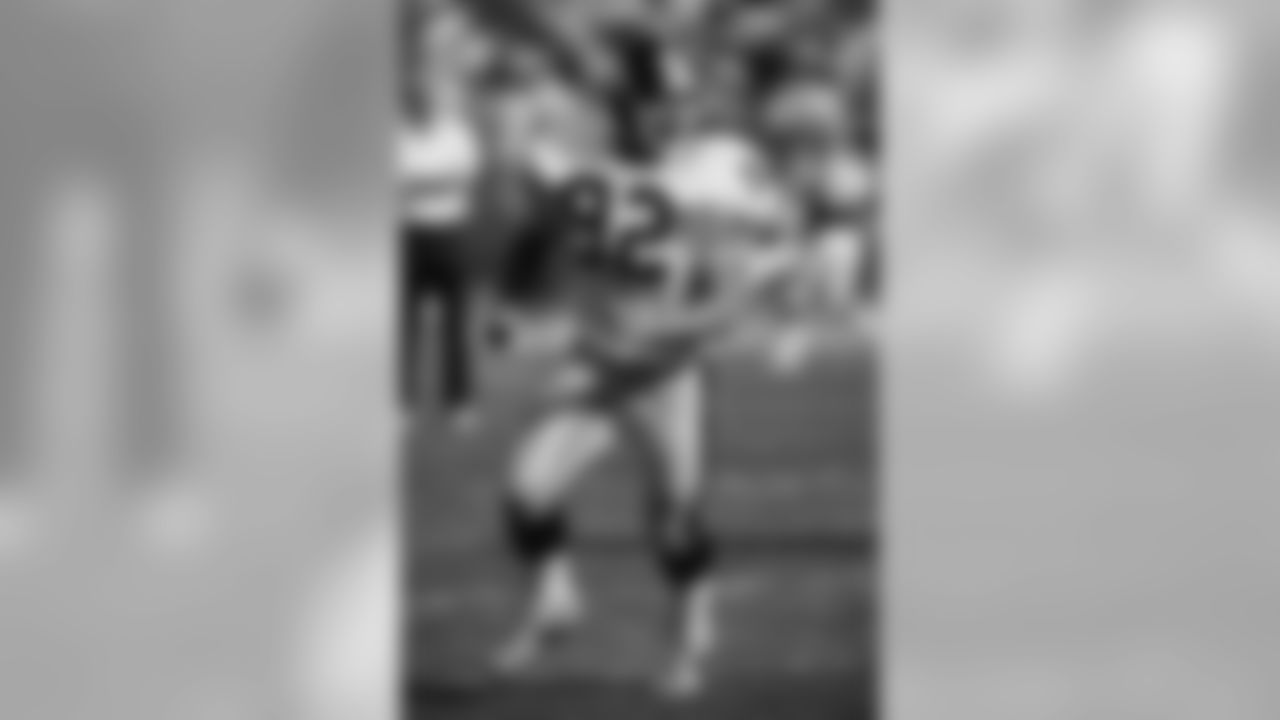
Jerry Olsavsky (1989)

Ernaldo Webster (1992)

Ernaldo Webster (1992)

Ernaldo Webster (1992)

Jason Gildon (1994-2003)

Jason Gildon (1994-2003)

Jason Gildon (1994-2003)

Jason Gildon (1994-2003)

Jason Gildon (1994-2003)

Jason Gildon (1994-2003)
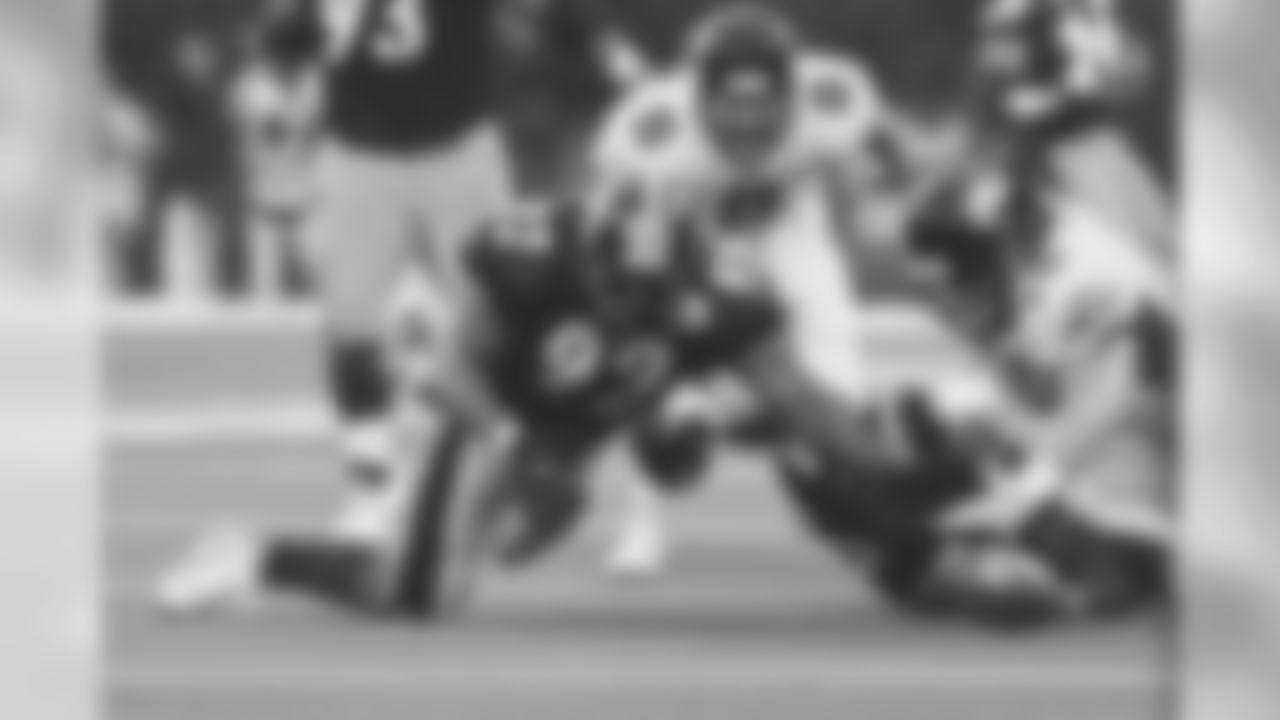
Jason Gildon (1994-2003)
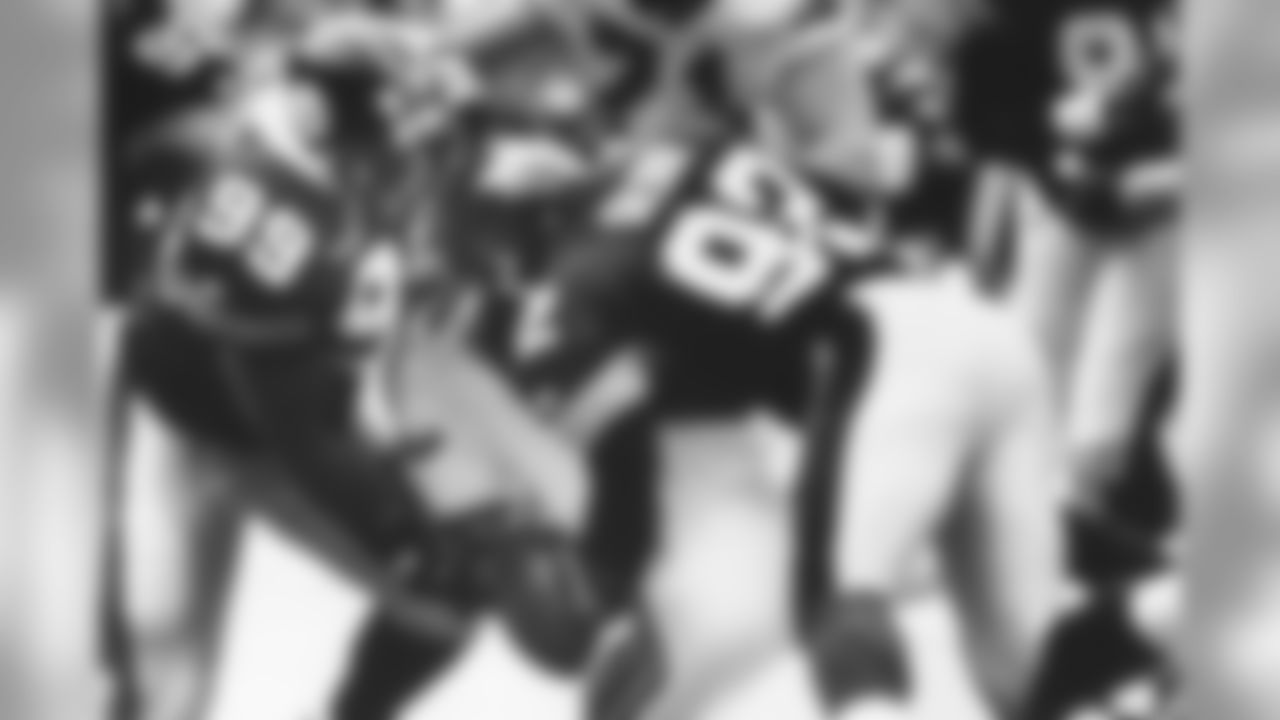
Jason Gildon (1994-2003)

Jason Gildon (1994-2003)
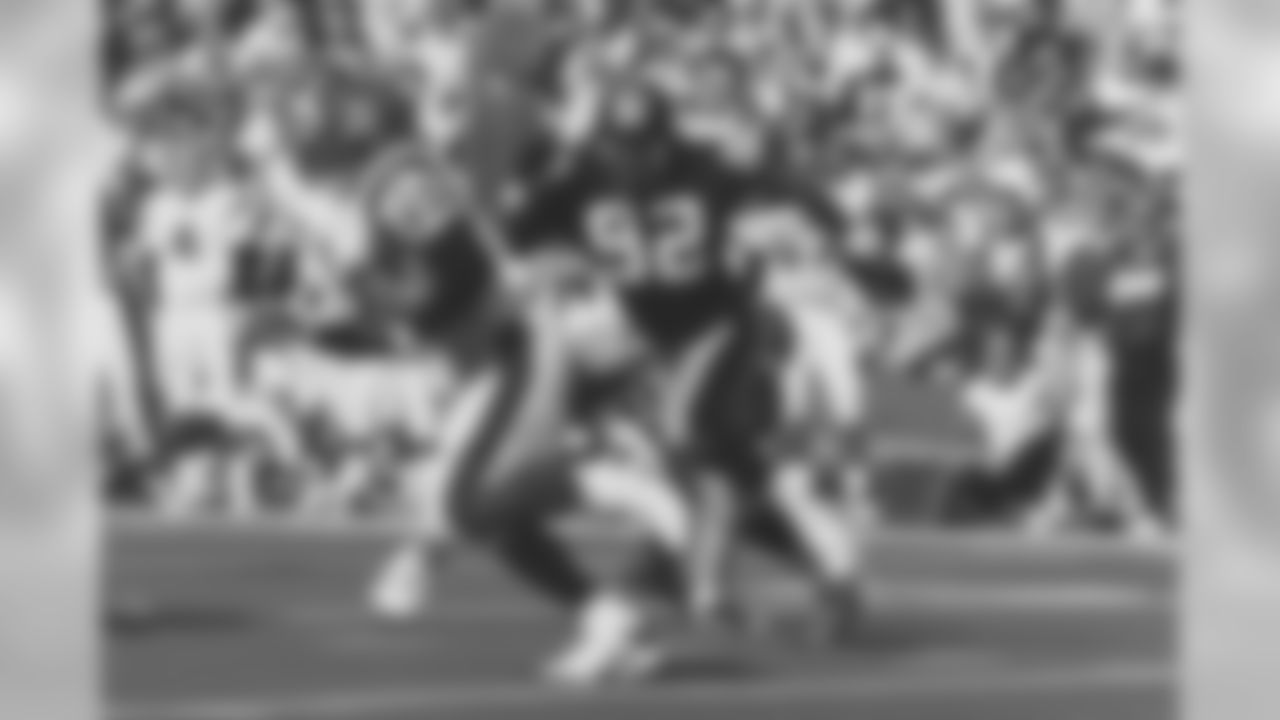
Jason Gildon (1994-2003)
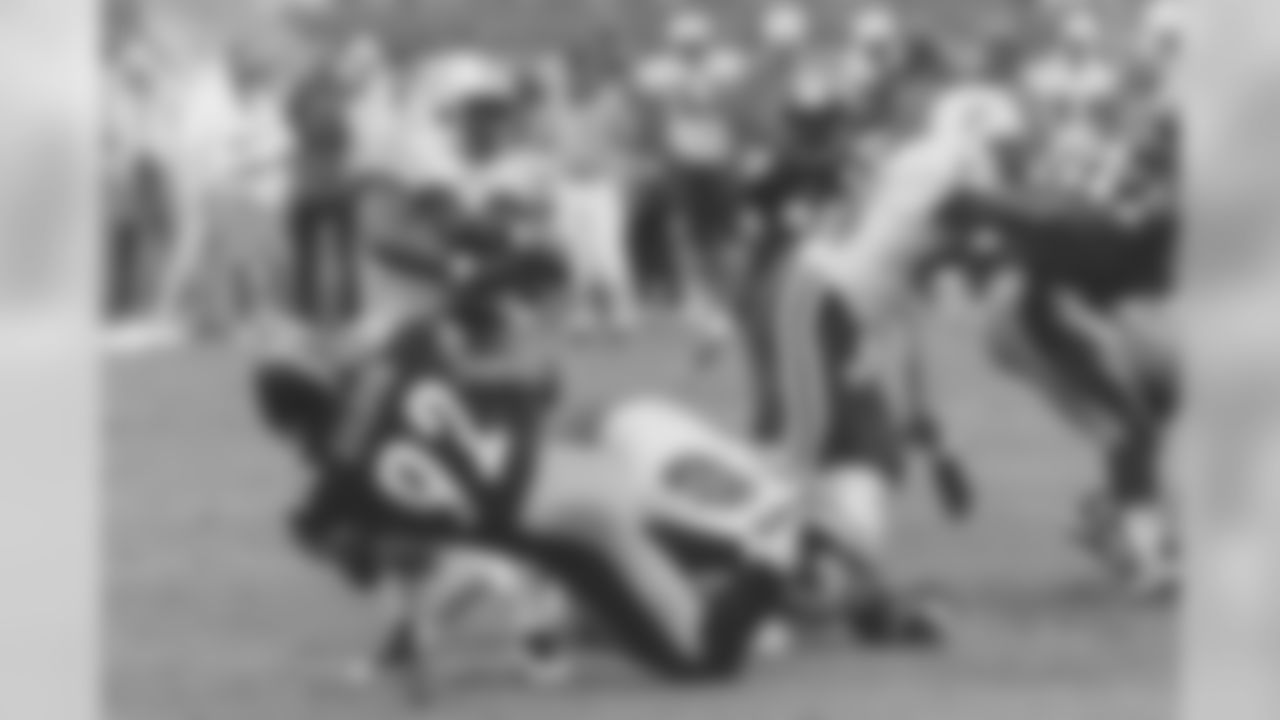
Jason Gildon (1994-2003)

Jason Gildon (1994-2003)

Jason Gildon (1994-2003)

Jason Gildon (1994-2003)

Hebron Fangupo (2013)

Hebron Fangupo (13)

Hebron Fangupo (2013)

Hebron Fangupo (2013)

Hebron Fangupo (2013)

Hebron Fangupo (2013)

James Harrison (2004-2012, 2014-2017)

James Harrison (2004-2012, 2014-2017)

James Harrison (2004-2012, 2014-2017)
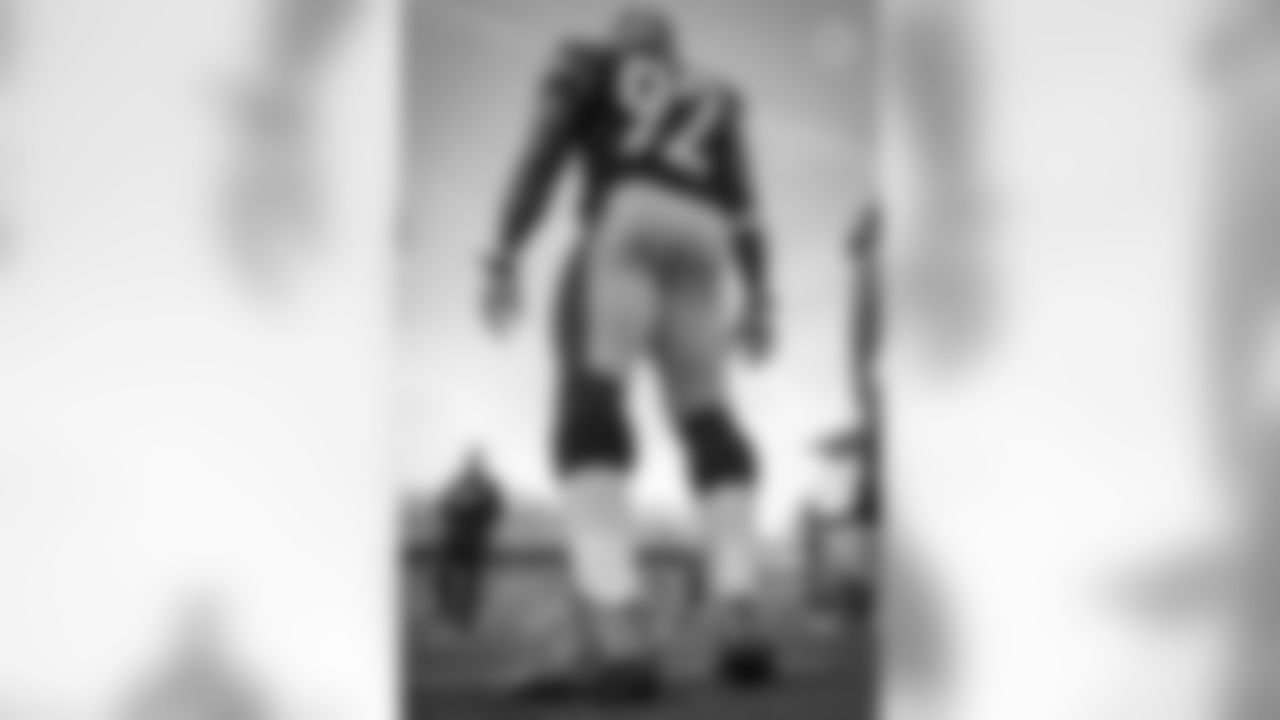
James Harrison (04-12, 14-17)

James Harrison (2004-2012, 2014-2017)

James Harrison (2004-2012, 2014-2017)

James Harrison (2004-2012, 2014-2017)

James Harrison (2004-2012, 2014-2017)

James Harrison (2004-2012, 2014-2017)

James Harrison (2004-2012, 2014-2017)

James Harrison (2004-2012, 2014-2017)

James Harrison (2004-2012, 2014-2017)

James Harrison (2004-2012, 2014-2017)

James Harrison (2004-2012, 2014-2017)

James Harrison (2004-2012, 2014-2017)

James Harrison (2004-2012, 2014-2017)

James Harrison (2004-2012, 2014-2017)

Olasunkanmi Adeniyi (2018-2020)
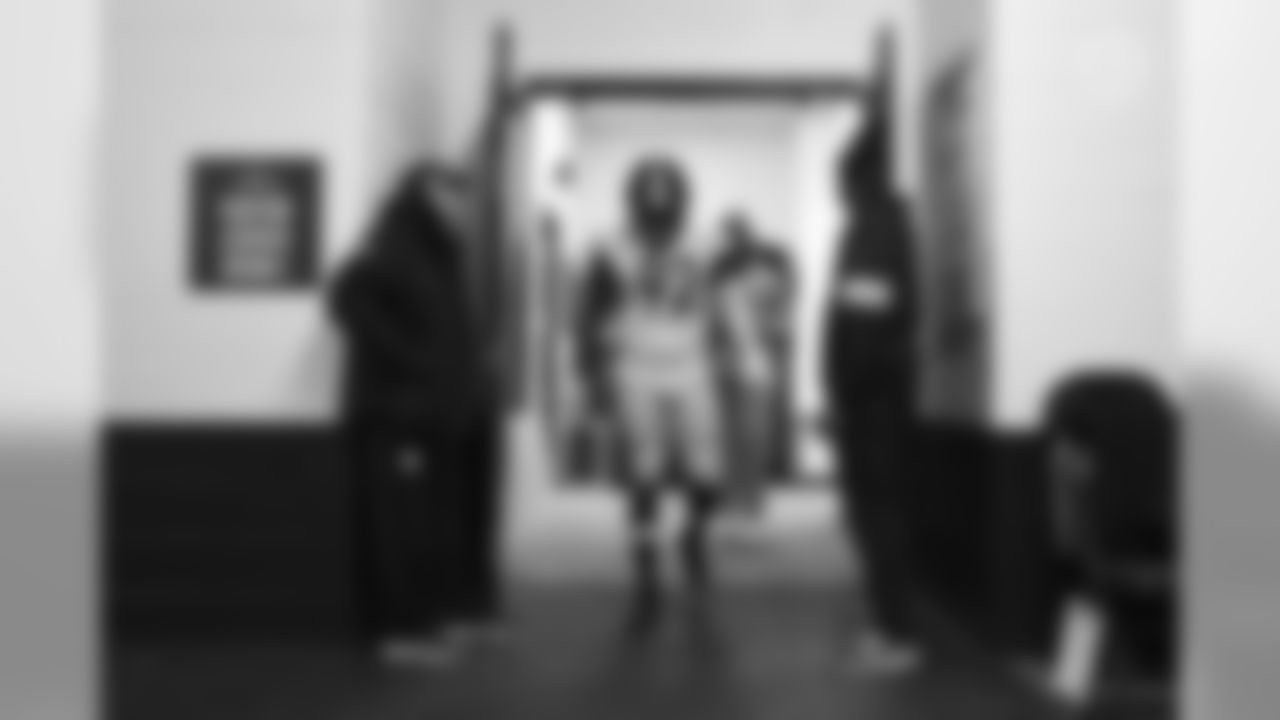
Olasunkanmi Adeniyi (2018-2020)

Olasunkanmi Adeniyi (2018-2020)

Olasunkanmi Adeniyi (2018-2020)

Olasunkanmi Adeniyi (2018-2020)

Olasunkanmi Adeniyi (2018-2020)

Olasunkanmi Adeniyi (2018-2020)
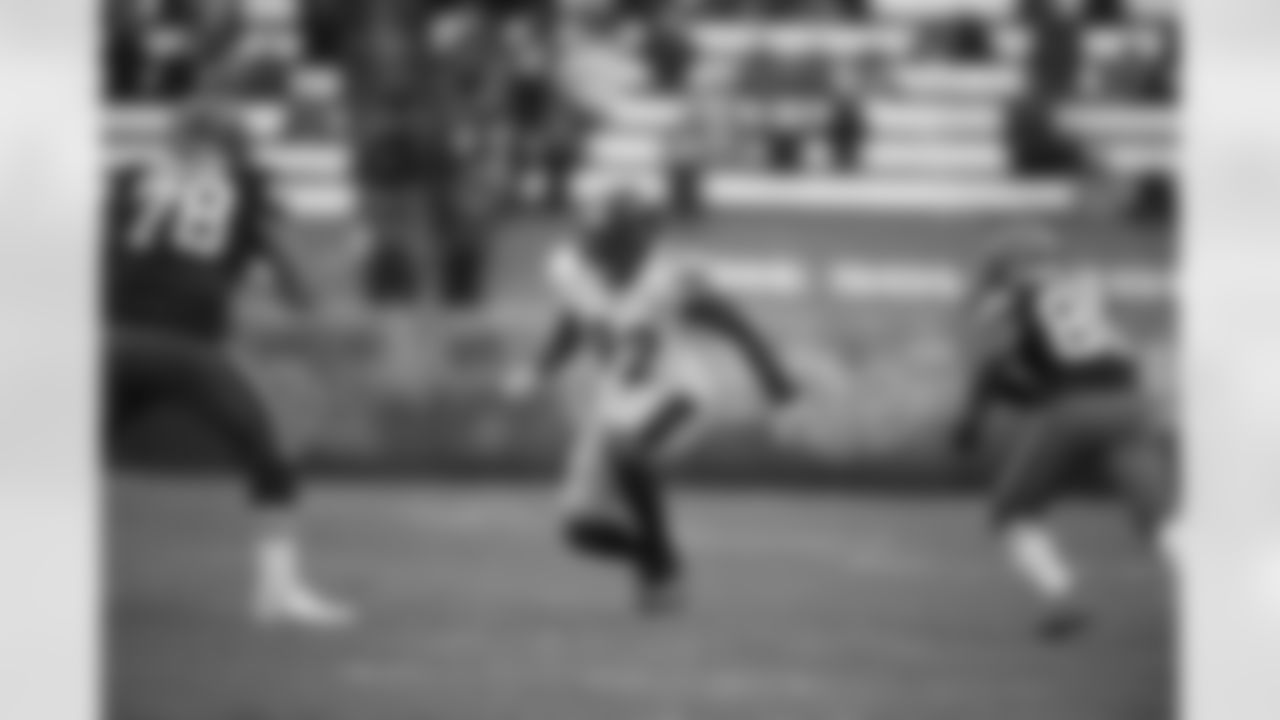
Olasunkanmi Adeniyi (2018-2020)

Olasunkanmi Adeniyi (2018-2020)

Isaiahh Loudermilk (2021-present)

Isaiahh Loudermilk (2021-present)

Isaiahh Loudermilk (2021-present)
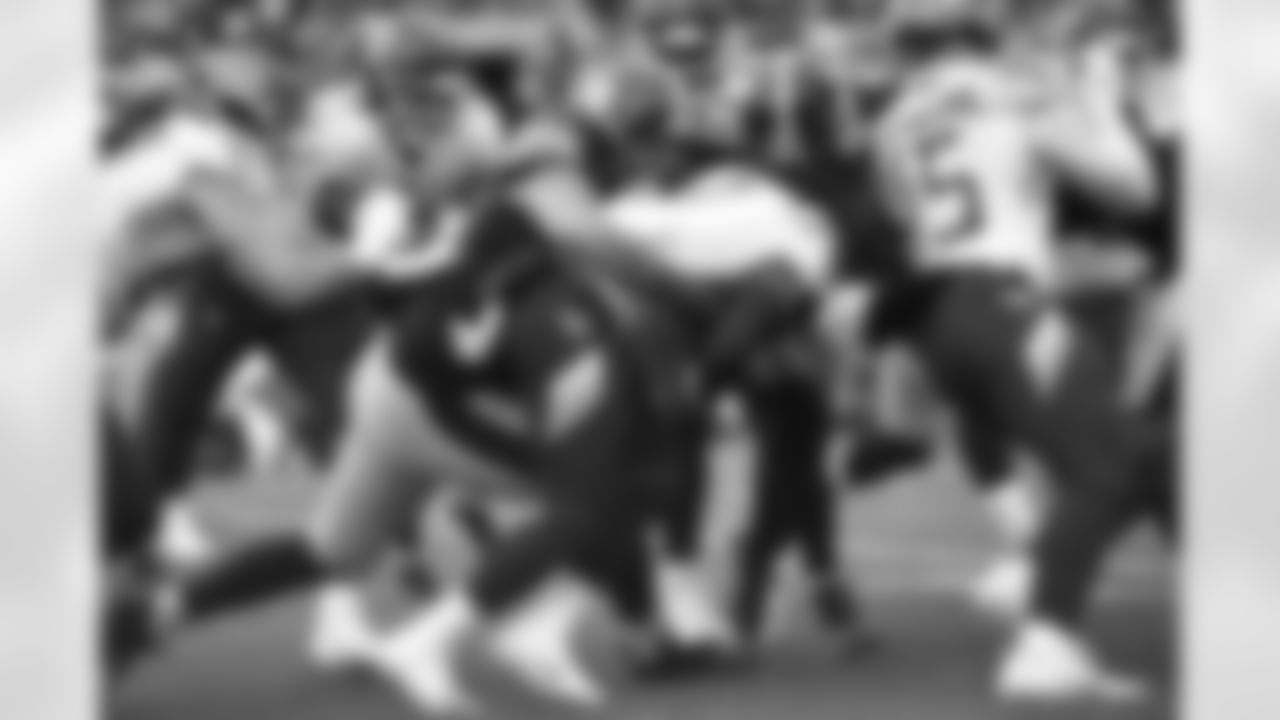
Isaiahh Loudermilk (2021-present)

Isaiahh Loudermilk (2021-present)
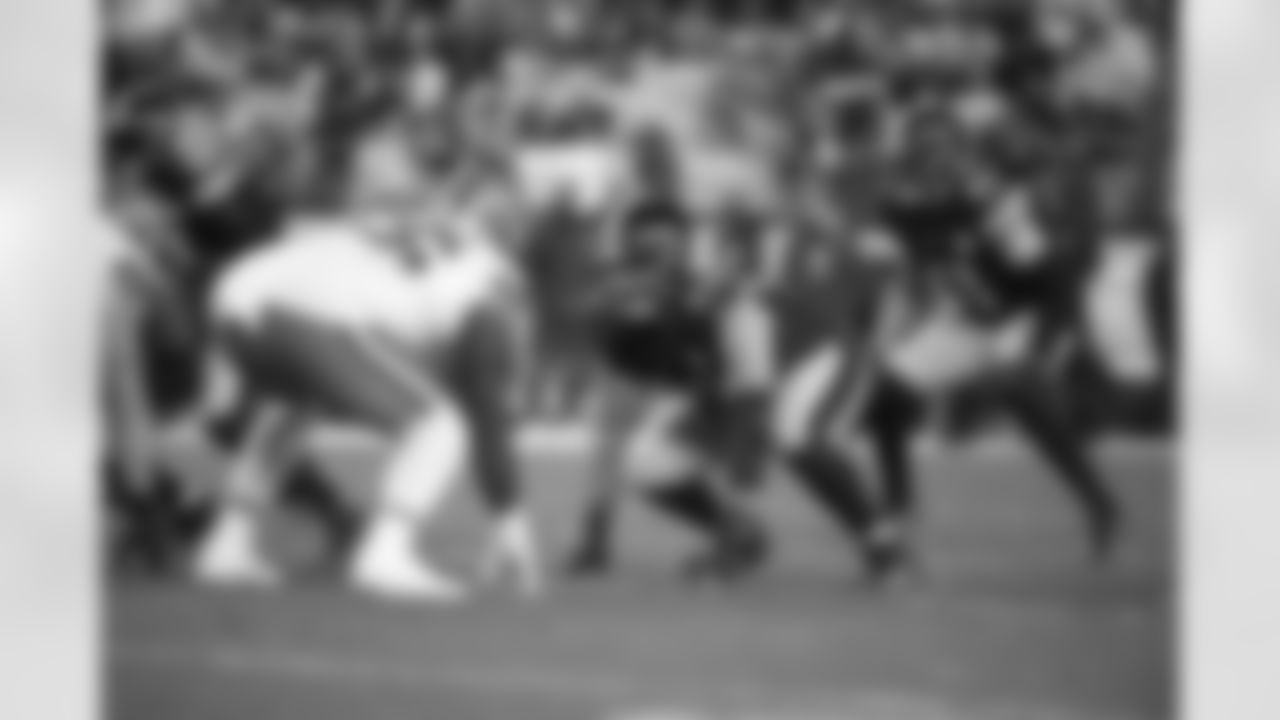
Isaiahh Loudermilk (2021-present)

Isaiahh Loudermilk (2021-present)
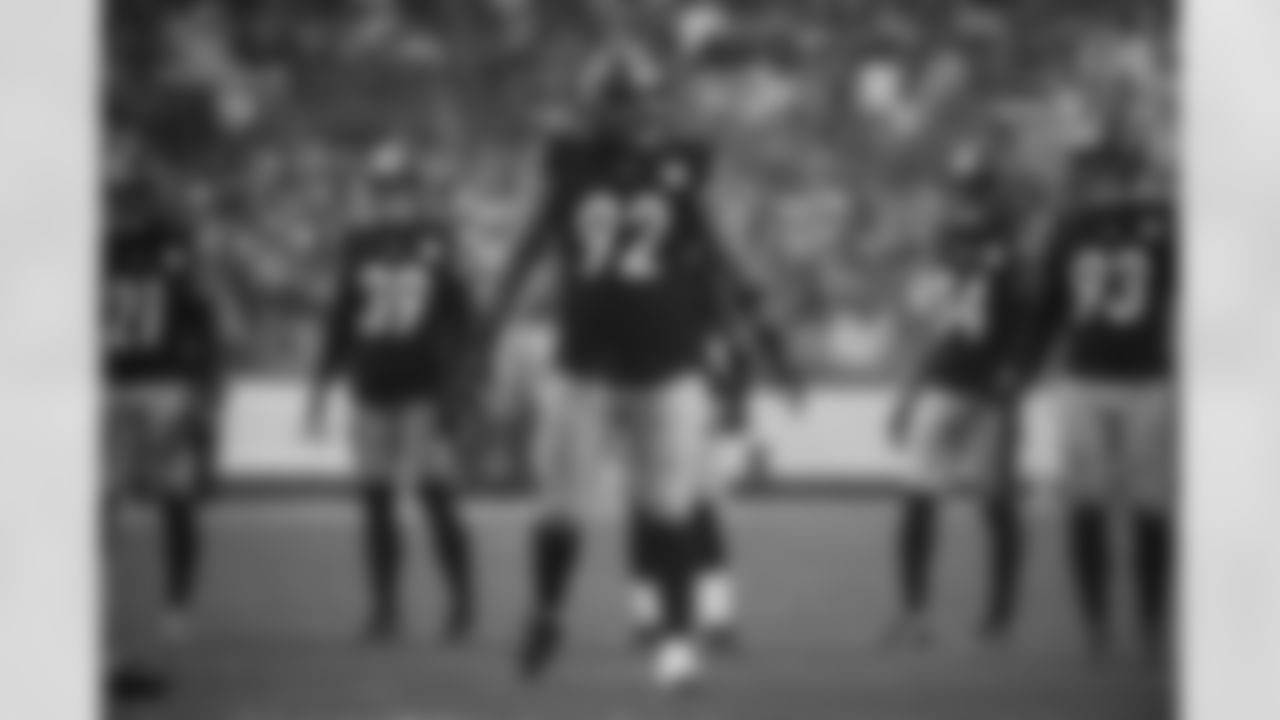
Isaiahh Loudermilk (2021-present)

Isaiahh Loudermilk (2021-present)
LEO BESTERCI FROM SELDEN, NY:
I read that Alejandro Villanueva made almost as much from a performance bonus as he did from his salary. What criteria is used to determine which players gets a bonus and who pays it?
ANSWER: It's officially referred to by the NFL as performance-based pay, and it was created by the 2002 Collective Bargaining Agreement. Its purpose is to reward young players often working for the NFL minimum salary who end up playing a lot and filling an important role for their respective teams. Since 2002, the league has distributed $1.2 billion in extra pay. That amount included $127.84 million for 2016. In addition, the NFLPA elected to contribute $32 million in benefits — $1 million per team — to fund a veteran performance-based compensation pool.
Because of performance-based pay, Alejandro Villanueva earned $480,000 in base salary and another $401,652.46 – a total of $881,652.46 – for the 2016 season. And Villanueva wasn't the only Steelers player who cashed in as a result of performance-based pay. Stephon Tuitt earned $600,000 in base salary and another $352,620.70 – a total of $952,620.70 – for the 2016 season.
Performance-based pay is a lot like compensatory draft picks in that the NFL comes to its conclusions using a formula that is complicated and not disclosed publicly. But the money comes directly from the league, and it doesn't impact the respective teams' salary caps.
JIMMY SCHLOON FROM PITTSBURGH, PA:
All offseason, you have been saying the pass rush and pass coverage need to improve and the Steelers have to add new talent for the team to take the next step this year. You have also been saying that you do not expect new additions like T.J. Watt or Cam Sutton to replace last year's starters at their positions. Isn't this contradictory?
ANSWER: The way the game is played now at the NFL level, there are many more key contributors beyond the 11 guys who are starters. The rookies – T.J. Watt, JuJu Smith-Schuster, Cam Sutton, to name three – do not have to be starters to give the Steelers a boost in three key areas: the pass rush, red zone offense, and coverage when the opponent goes to a multiple-receiver personnel grouping. It doesn't really matter who starts, but what is critical is who makes plays when the outcome of the game is on the line.
Antonio Brown was joined by some of his Steelers teammates for a charity softball game.






























MARK VISK FROM MONROEVILLE, PA:
Other than Le'Veon Bell and Alejandro Villanueva, who else might the Steelers be looking to sign long-term before the season starts?
ANSWER: Stephon Tuitt, since he possibly could become an unrestricted free agent in March 2018.
JENN HESS FROM BERWICK, PA:
How can I get tickets to the preseason games? When can I come to training camp? Are the players allowed to give out autographs during training camp?
ANSWER: To purchase tickets to the Steelers preseason games at Heinz Field, go to Steelers.com, and right on the home page you will see a section devoted to the sale of individual game tickets. Click on the appropriate team logo – which designates the particular opponent – and take it from there. As for visiting training camp, the pertinent information can be found by clicking the link: Training Camp.
Regarding autographs at training camp, selected players and Coach Mike Tomlin sign autographs every day that camp is open to the public, but not every player signs every day. In other words, if your only purpose for attending training camp is to get an autograph of a specific player, you have a chance of being disappointed.
JASON WOOD FROM LITCHFIELD, IL:
I understand No. 1 draft picks always get jerseys manufactured for sale to fans. But why on earth is Nike manufacturing James Conner jerseys already? Is it just because he played at Pitt, and therefore Nike is anticipating a lot of demand from the Pittsburgh locale? If I'm not mistaken, he was the team's second pick in the third round? I don't understand the necessity for James Conner jerseys.
ANSWER: Nike is in the business of selling merchandise, and the company's decision to manufacture James Conner jerseys makes perfect sense in light of that. James Conner is a cancer survivor, a former ACC Player of the Year, a bruising running back, a guy who grew up in Western Pennsylvania and attended college at Pitt. No disrespect to JuJu Smith-Schuster, but his jersey doesn't sell unless he makes an impact on the field. Conner jerseys sell before he ever takes the field because of his story.
BLAIR BECK FROM KERNERSVILLE, NC:
I am curious about the term "game check." Do the players get a check each week during the season? Or can they just have it spread out over the calendar year?
ANSWER: NFL players are paid their base salary in 17 installments during the regular season. There are 16 regular season games plus the bye week. Hence, 17 installments.
RAYMOND L. JOURNIGAN FROM CROWLEY, TX:
On a 53-man roster can you list the number of players by position that usually make up the final total?
ANSWER: The key word here is "usually," because injuries often have a way of forcing adjustments to a plan. The way injuries could impact this, for example, is if there are a couple of nagging injuries at the tight end position, which would require the Steelers to keep an extra player or two there, and that then would impact how many players they could keep at other positions.
But here's a guesstimate: three quarterbacks, four running backs, five or six wide receivers, nine offensive linemen, six or seven defensive linemen, eight or nine linebackers, nine or 10 defensive backs, and three specialists. As you can see, I left some wiggle room in what I see as the positions that typically provide the core special teams players.













